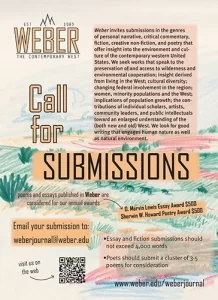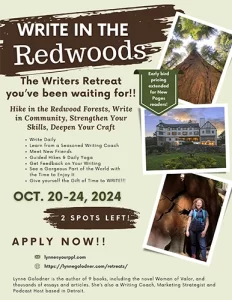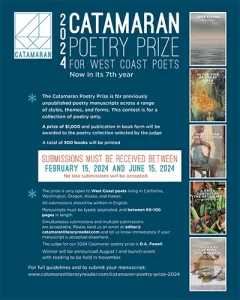Isotope – Spring/Summer 2007
Issue 5 Number 1
Spring/Summer 2007
Biannual
Denise Hill
If you ever thought science and literature didn’t get along, Isotope will prove you wrong. Non-fiction is the strength of this issue. Much is similarly styled in the use of densely layered narratives which are both story and informative (science) writing. David Gessner’s essay, “Field Notes on my Daughter” is as much about his daughter and the family of foxes he observes as it is about his being a father, a scientific observer, a writer, and what all of this means together in one human existence. It’s an amazing piece that, like the observation notes he writes and analyzes, becomes its own surprising creation. So, too, are non-fiction works by Bonnie J. Rough (“Looking for Sacajawea”), Jeffery Thomson (“Turbulence”), Pete Gomben (“Succession”) and George Handley (“Eddies”). If I had been able to learn natural science and history from reading these works in high school, I may have had a much greater appreciation for the discipline – or at least higher grades. As it is, with bare minimum science knowledge, every piece in this magazine is accessible, educational and enjoyable.
If you ever thought science and literature didn’t get along, Isotope will prove you wrong. Non-fiction is the strength of this issue. Much is similarly styled in the use of densely layered narratives which are both story and informative (science) writing. David Gessner’s essay, “Field Notes on my Daughter” is as much about his daughter and the family of foxes he observes as it is about his being a father, a scientific observer, a writer, and what all of this means together in one human existence. It’s an amazing piece that, like the observation notes he writes and analyzes, becomes its own surprising creation. So, too, are non-fiction works by Bonnie J. Rough (“Looking for Sacajawea”), Jeffery Thomson (“Turbulence”), Pete Gomben (“Succession”) and George Handley (“Eddies”). If I had been able to learn natural science and history from reading these works in high school, I may have had a much greater appreciation for the discipline – or at least higher grades. As it is, with bare minimum science knowledge, every piece in this magazine is accessible, educational and enjoyable.
The poetry continues on this vein, and if you’ve ever wondered how science and poetry could get along, try Kimberly Johnson’s “Ode on Cancer” or “Earthbound” by James Grinwis, or the obviously-science-titled “Thermodynamics” by Sue Swartz and “Geyserscape” by Lynne Bama. Along with others, these are writers who naturally bridge any gap between science and literature. Throw in some politics and environmentalism, and you’ve got W. Vandoren Wheeler’s poem “And the Miracles Have Not Stopped Materializing.” A must-mention is the artwork by Kate Breakey, whose hand colored photographs of naturally expired desert creatures are what drew me to read this issue. As a friend once said, “I never knew writing like this existed.” Nor that I would find it as exciting as I did. Science? Indeed. [http://isotope.usu.edu/]




